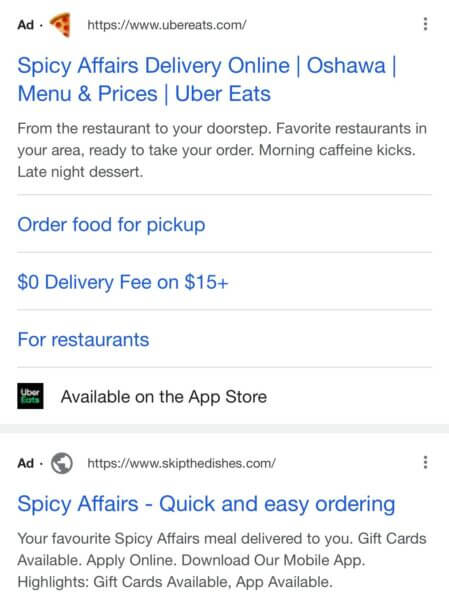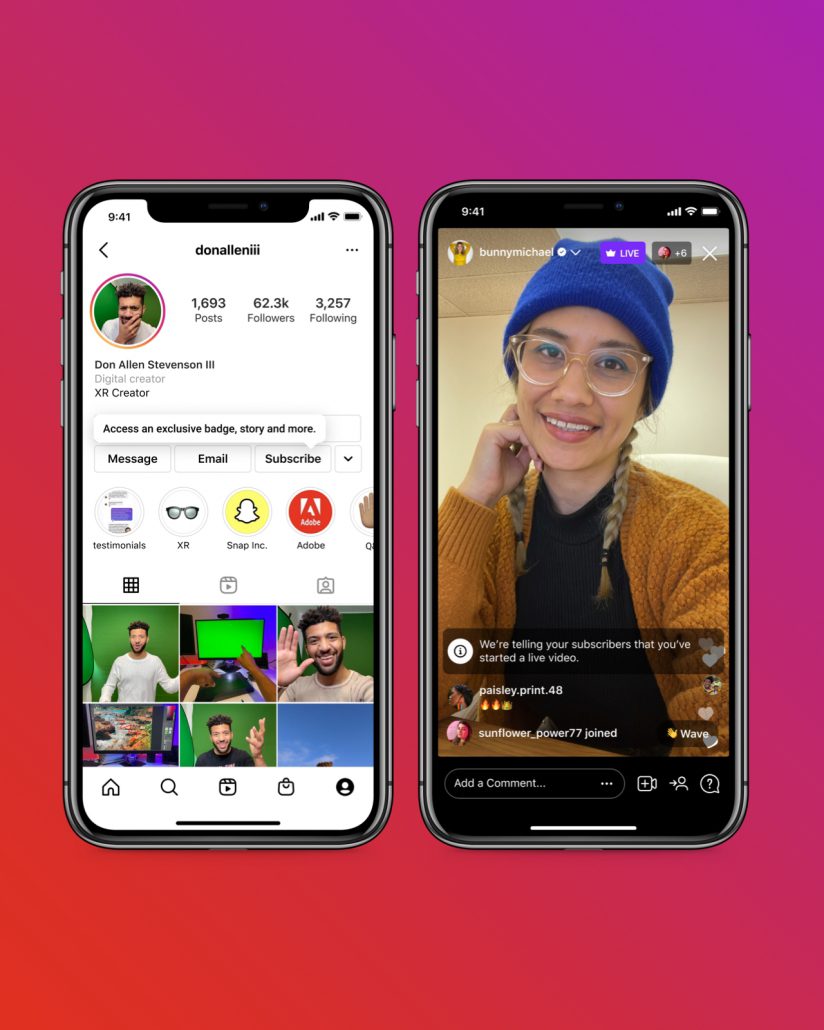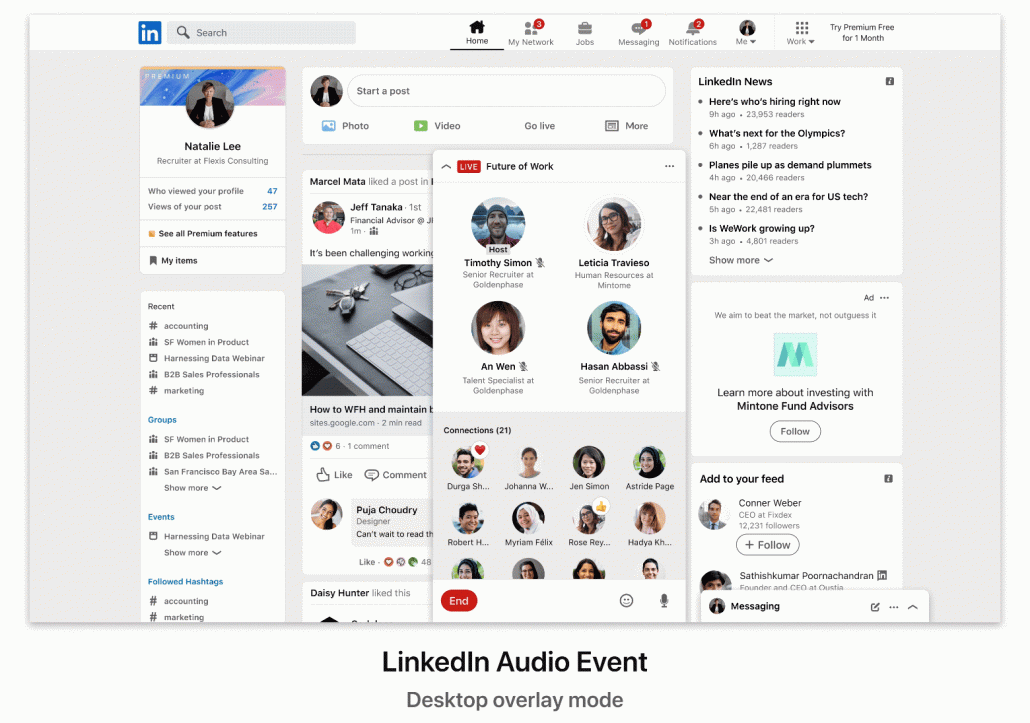As part of its ongoing effort to expand its video capabilities and be “no longer a photo sharing app”, Instagram says it is introducing new ways to promote and remix videos on the platform.
Specifically, the company is rolling out new ways to build interest for scheduled live streams using banners, and the ability to remix any recorded video.
These updates seem positioned to make Instagram more competitive with both TikTok and Twitch, which are extremely popular with younger viewers and creators.
As Head of Instagram, Adam Mosseri, explained in the announcement:
“We’re focused on building for teens and creators, and in the spaces of video and messaging. And these are within those themes.”
Below, we’ll explore both of the new updates in more detail.
Promote Scheduled Live Videos With Banners
When scheduling live videos on Instagram, streamers can now choose to highlight these upcoming streams using a special banner. When clicked, the banner also lets users set reminders for the live videos.
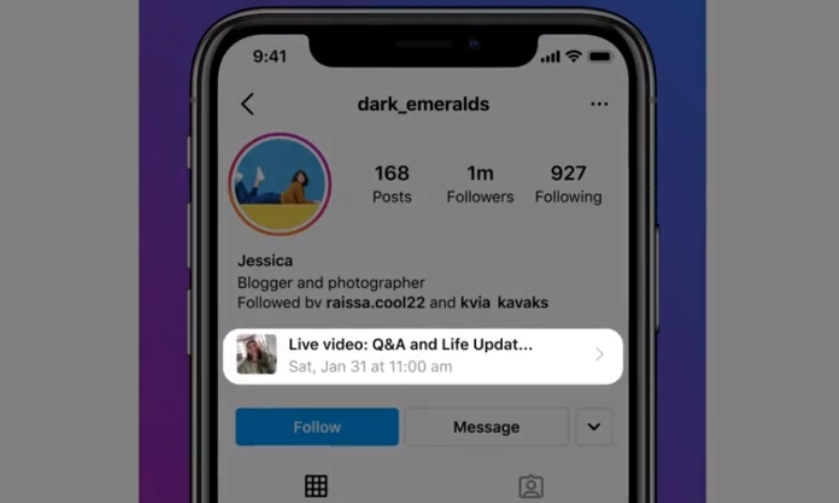
As Mosseri says:
“Creators have been able to schedule lives for a while now, but now, you can separate scheduling a Live from creating a feed post, or even now a story post, about that live. You also get a little badge on your profile that’s lets followers know, or anybody know that goes to your profile, that there’s a Live coming up and they can subscribe to be reminded.”
Notably, these banners can be used to promote one-time-only events and recurring streams on a channel.
Remix Any Video You Want
Instagram is expanding its ability to “remix” content to all videos on its platform.
Similar to TikTok’s video reactions, these remixes allow users to take existing videos and add their own reactions or to rework them into something entirely new.
Originally, this feature was limited solely to Instagram’s short Reels videos. Starting now, though, users can do this to any public video by tapping the three-dot icon in the right corner of videos and selecting “Remix this video.”
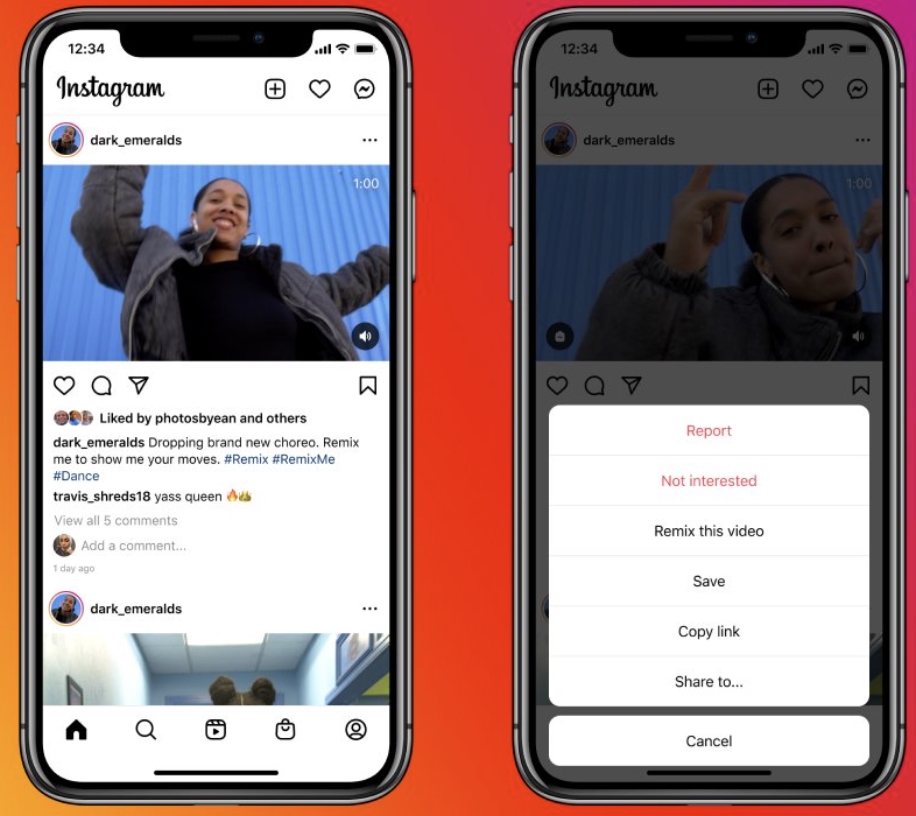
However, people who share videos must opt-in to having their content remixed by others.
For more, check out the video from Mosseri on Twitter:

